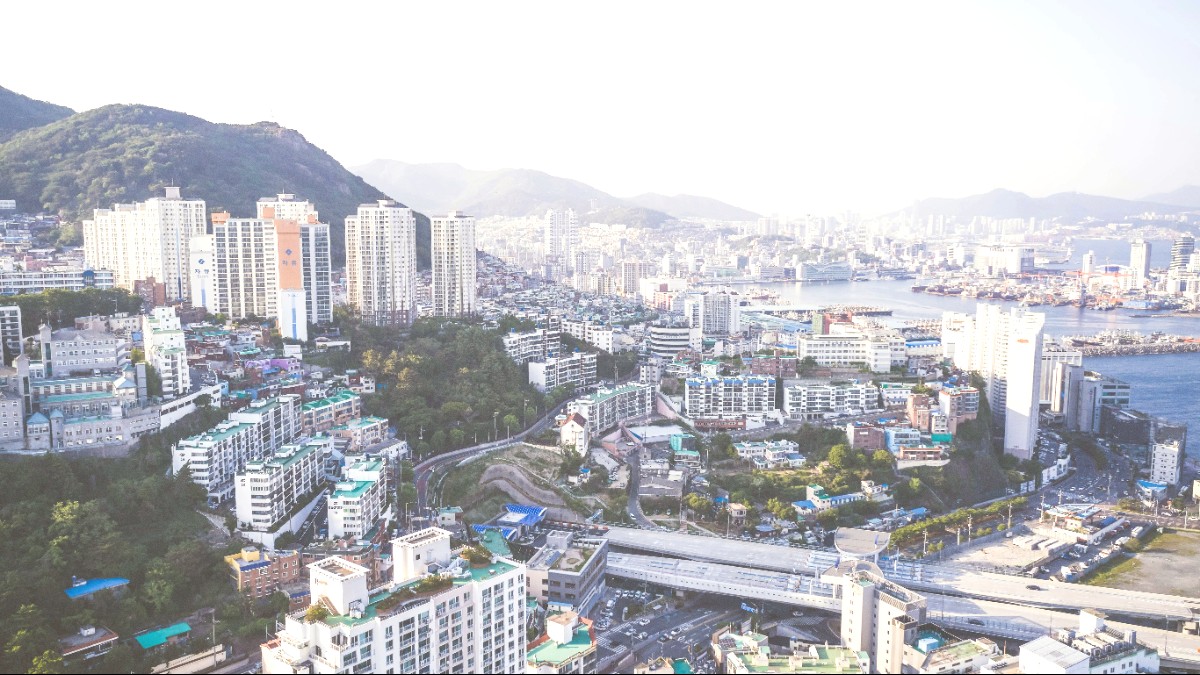
Gyeongsangnam Do, South Korea
Gimhae International Airport (PUS) serves as Busan's main gateway for international and domestic air travel.
Major Korean airlines operate from PUS, with frequent connections across Asia and domestic flights within South Korea.
Connects the airport directly to Busan Metro Line 2 (Sasang Station) and Line 3 (Daejeo Station).
Direct, comfortable routes to major areas like Haeundae and Seomyeon, suitable for luggage.
Available 24 hours. Options include standard, deluxe (Mobeom Taxi), and international taxis.
Arrive 2-3 hours before departure for check-in, baggage, security, and immigration.
Arrive 1-1.5 hours before departure.
Duty-free shopping, dining options, lounges, and VAT refund counters.
The KTX (Korea Train eXpress) high-speed rail network offers fast travel between major Korean cities. Busan Station is the main KTX hub.
Buses provide an extensive and cost-effective way to travel across South Korea, complementing the train network.
To drive in South Korea as a foreigner, a valid International Driving Permit (IDP) along with your home country's driver's license is needed.
South Korea has a well-maintained road network. Highways are excellent. However, city driving can be challenging.
Busan's status as a major port means sea travel is a viable option, especially from Japan. Busan International Ferry Terminal handles international routes.
Busan Port serves as a common port of call for international cruise lines. Domestic ferry services also depart from other terminals.
International ferry arrivals involve standard immigration and customs checks. Have passport and visa/K-ETA ready.
Ferry terminals connect well to the city's public transportation network (metro and bus) for easy access.
Nakdong River runs through Busan, but river transportation for tourists is mainly for leisure, not daily transit.
For international flights, arrival at Gimhae International Airport 2-3 hours before departure is recommended.
KTX/SRT trains and international ferries have distinct departure procedures.
Offers duty-free shopping, dining, and lounges for departing passengers.
Look for VAT refund counters for eligible purchases before security.
Busan Station and major bus terminals include shops and dining facilities.